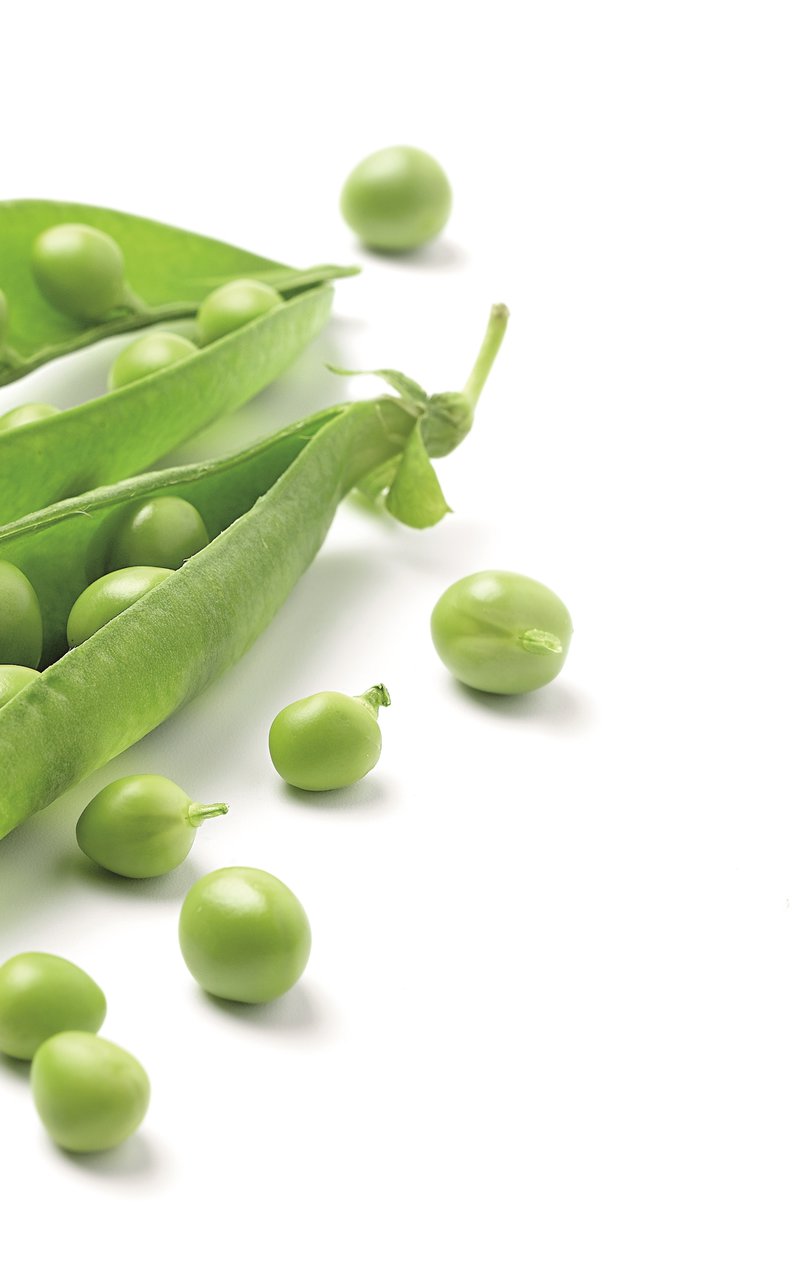basket. TEXT. CUINA magazine. PHOTO. Anna Garcia Frigola
Little green pearls
It's now time to celebrate the humble pea
Originally from Asia Minor, for centuries puréed peas were a delicacy made from dried peas. However, historical evidence points to the Chinese as being the first to consume the tender, green delicacies, still in their pods, but also shelled, along with other varieties, depending on how tough the pod was once cooked. Europe had to wait until the 16th century for the pea to arrive to its shores.
Though the young, tender pea is delicious and edible raw, cooking peas is what accentuates their sweetness. Either boiling them or tossing them into a pan with a touch of fat, along with other fresh vegetables, are simple and effective ways of cooking them. Another option is to cook them with just a little water or steaming them. Peas tend to lose their sweetness as they get older and are then used in preserves, as the sugars are transformed into starch, which also makes them floury.
Maresme peas
The Maresme region reigns supreme as the home of the pea in Catalonia, and there is more than one food fair dedicated to the tiny green delights, held in various towns every year. One of the most important is the Pesolada in Caldes d'Estrac, which even includes a competition of short films based around this popular legume.
Snow peas are also popular in springtime. Unlike the other varieties of pea, they are usually eaten whole. Nor should we forget a curious variant with an unknown heritage, the black pea, which is harvested in the summer months.

